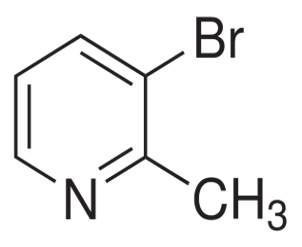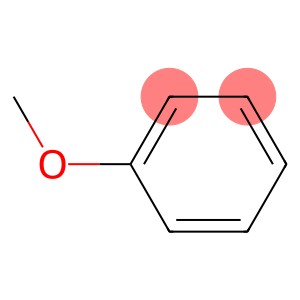3-Bromo-2-methylpyridine(CAS# 38749-79-0)
| Risk Codes | R22 – Harmful if swallowed R37/38 – Irritating to respiratory system and skin. R41 – Risk of serious damage to eyes R36/37/38 – Irritating to eyes, respiratory system and skin. R20/21/22 – Harmful by inhalation, in contact with skin and if swallowed. |
| Safety Description | S26 – In case of contact with eyes, rinse immediately with plenty of water and seek medical advice. S36/39 - S36 – Wear suitable protective clothing. S36/37/39 – Wear suitable protective clothing, gloves and eye/face protection. |
| WGK Germany | 3 |
| HS Code | 29333990 |
| Hazard Class | IRRITANT |
Introduction
2-methyl-3-bromopyridine is an organic compound. The following is an introduction to the properties, uses, preparation methods and safety information of the compound:
Quality:
2-Methyl-3-bromopyridine is a colorless liquid with a fragrance similar to pyridine.
Use:
2-Methyl-3-bromopyridine is often used as a reagent and intermediate in organic synthesis.
Method:
In general, the preparation of 2-methyl-3-bromopyridine can be achieved by the bromination reaction of pyridine. A commonly used synthesis method is to react 2-methylpyridine with bromine in an organic solvent such as chloroform, using sodium hydroxide as a catalyst.
Safety Information: It is a toxic substance that may cause irritation and damage to the human respiratory system, skin, and eyes. Appropriate personal protective equipment such as chemical gloves, eyeglasses, and protective clothing must be worn during use and direct contact must be avoided. During storage and handling, it is necessary to pay attention to fire and light, and ensure that it is kept away from fire and heat sources. Most importantly, follow the safe operating procedures for chemicals and follow the relevant regulations.






![2-acetylamino-6-chloro-4-[(4-diethylamino)2-methylphenyl-imino]-5-methyl-1-oxo-2,5-cyclohexadiene(CAS#102387-48-4)](https://www.xinchem.com/uploads/diethylamino.gif)

